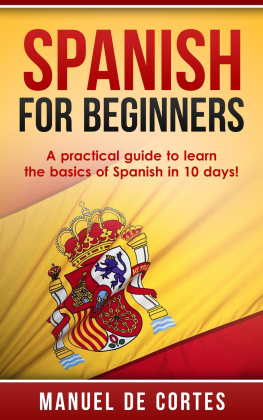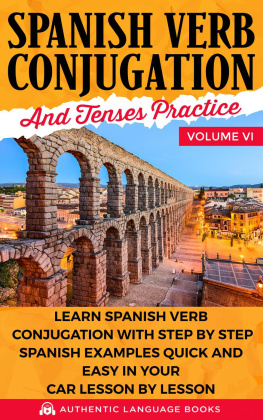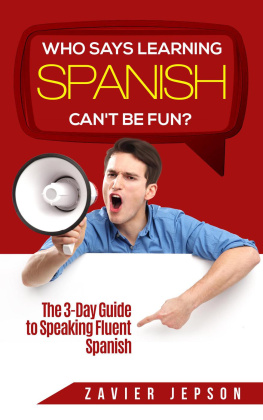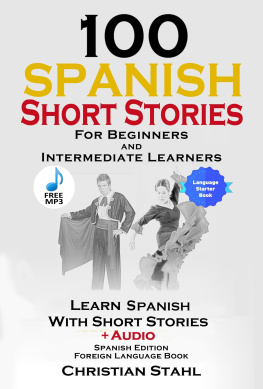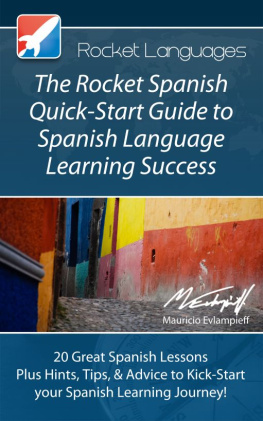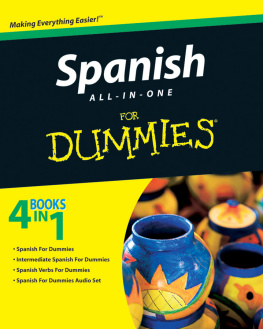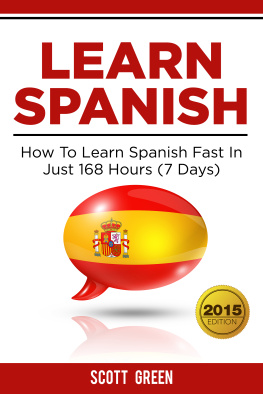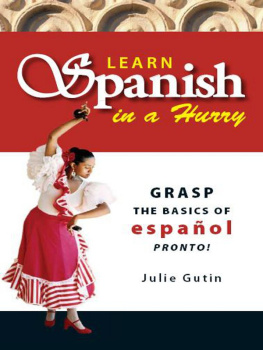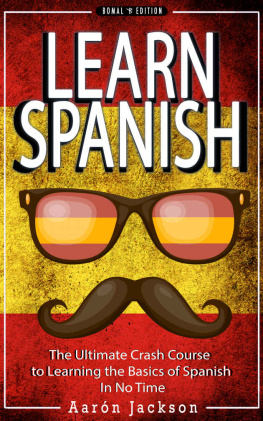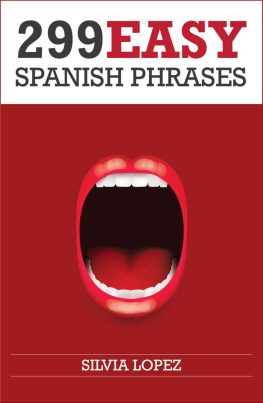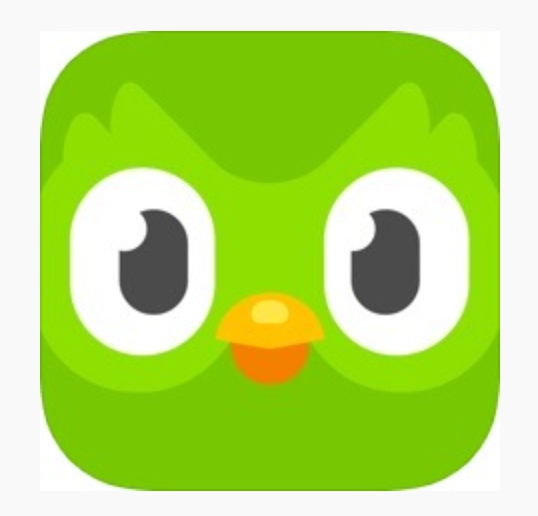BEST APPS FOR LEARNING SPANISH SUPER FAST
What is the best free app for learning Spanish
Whether you want to learn Spanish from scratch or polish up your skills, these language-learning apps can help.
Spanish is not only one of the most predominant languages in the world, but it is also the oldest and fastest-growing language on the North American continent. With how vast the Spanish speaking population is growing, you may have realized that possession of the ability to speak the language could be a powerful tool for cultural and financial benefits in the future, as well as simply being fulfilling.
Most of us lead busy lives and certainly do not have the time or energy to devote hours of our week to take Spanish lessons. Luckily, learning Spanish does not need to be a laborious, dragged out process. The best way to learn Spanish is by making a point of listening, reading, speaking, and writing as you learn. This will help you catch on Spanish in no time at all.
Better yet, there are many apps in existence that serve the explicit purpose of educating users, even those who are complete beginners. These apps take different approaches to Spanish tutoring, some basing lessons on a gamified approach, while others focus on a more direct word, grammar, and verbal expression approaches.
Are you ready? I, Alfred Bonsu am going to take you throughLet begin
MOSALINGUA
MosaLingua is a platform for learning languages, including apps specifically designed for Spanish students. It is a well-organized app that utilizes an SRS (Spaced Repetition System) which promotes long-term memorization by utilizing a lot of repetition and reviews of former lessons.
The easy-to-understand app teaches vocabulary (with a focus on the 3,000 most commonly used words), verb conjugations, phrases, and adapts to the students needs with both audio and visual tools.
Included in the app are thousands of flashcards with essential grammar points, audio pronunciation clips, pre-recorded voice interactions, and even an online Spanish dictionary for reference.
As students advance through the lessons they can unlock additional learning content, all of which are available offline as well.
The app is available for android and iOS platforms
VIDALINGUA
Vidalingua is the leading developer of language apps with over 14 million users.
Vidalingua is the best app for learning to understand and speak Spanish. Skip the boring stuff and immerse yourself in real-life conversations you can use in the classroom or on a trip. Learn Spanish + includes 101 lessons, 1,190 phrases and 4,027 exercises to help you become fluent in Spanish.
While other apps waste time on vocabulary and grammar you rarely need, Learn Spanish + jumps right to lessons that you can use immediately. Start by learning Greetings, Essentials and Useful Expressions to get a conversation started. Progress to helpful lessons such as Buses, Youth Hostels and Directions. Make the most of your travels with lessons such as Pubs, Movies and Making Friends.
Understanding Spanish is a good start but speaking is critical. Learn Spanish + provides advanced speech recognition to help you master pronunciation. Practice speaking at your own pace until you build the confidence to talk to others.
Apps from VidaLingua are hugely popular. They're free and they work offline, handy when you're actually abroad.
MONDLY
Spanish is their most popular language choice, Mondly offers lessons for 33 languages, using a methodology focused on speech recognition, conversational aspects, and utilizes augmented reality for its fun lesson structures.
There are reading, writing, speaking, and listening exercises, as well as a built-in dictionary and verb-conjugator. The focus is primarily on listening to native speakers in a repeating system that promotes better memorization.
The idea is to teach Spanish not through disjointed Spanish terms, but rather through usable phrases that incorporate both vocabulary and context into the learning process.
With this approach, the student becomes better equipped not just to understand the language but to be able to apply it in conversation.
The app is available for android and iOS platforms
BABBEL
Babbel is a free to try, subscription-based app that gears its format more to the conversational variety with pre-recorded content.
The language-learning app stance is that no one speaks a language like a robot, so people learning Spanish should not have to sound like machines when they speak it.
Broken down into easily digestible 10-15 minute lessons, these short but effective bits of content are based on real-life conversations, and leverage speech recognition technology to assist in pronunciation. Babble teaches more than just Spanish, but it is certainly their most popular offering.
The app is available for android and iOS platforms.
BUSUU
Busuu is a progressive language learning platform with a high concentration on the component of speaking the Spanish language. Busuu has a community of active users who make the platform a very vibrant environment.
The lessons are simple, structured, and tailored to the appropriate difficulty levels. The lesson begins with basic key vocabulary which prepares the student for simple dialog lessons. The students are then given a chance to practice with the topic, and other members of the Busuu community can see and edit this writing.
The next step is to interact and practice Spanish with native speakers on the platform, record phrases indicated on the screen, and review all of the lessons. In this way, this method covers reading, writing, audio, and verbal components of learning a language.
Busuu is an easy way to learn Spanish when you have time and the lessons can be downloaded to your mobile device to be studied at any convenient time.
The app is available for android and iOS platforms.
DUOLINGO
Duolingo is one of the most prominently known language learning apps on the market, winning the 2013 Best App Award in both the Google Play Store and the AppStore. It offers lessons in 26 languages, including Spanish. Duolingo focuses on the 1500 most common and important Spanish words, and their units are split up into themes and broken down into either tenses or word types (nouns, verbs, pronouns, etc.).
Each study unit consists of sub-unit, each of which consists of 7 to 10 words, and there can be anywhere between 2 and 10 subunits. Within each subunit are typically 6 exercise types including a vocal pronunciation of a word, the translation of a phrase with the word (both from English to Spanish to English, and vice versa), matching photos to the word, multiple-choice questions, and rearranging words in a sentence.


